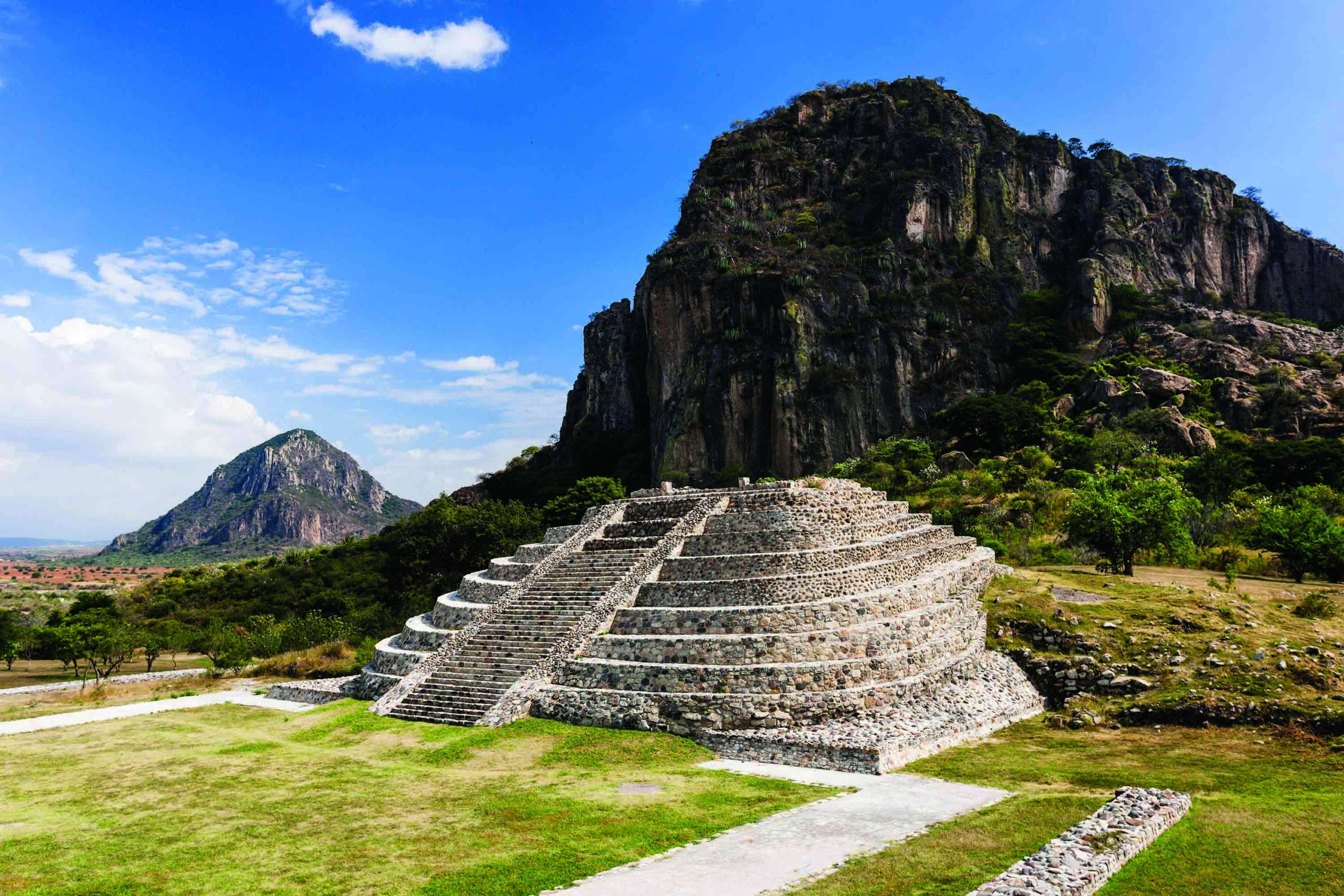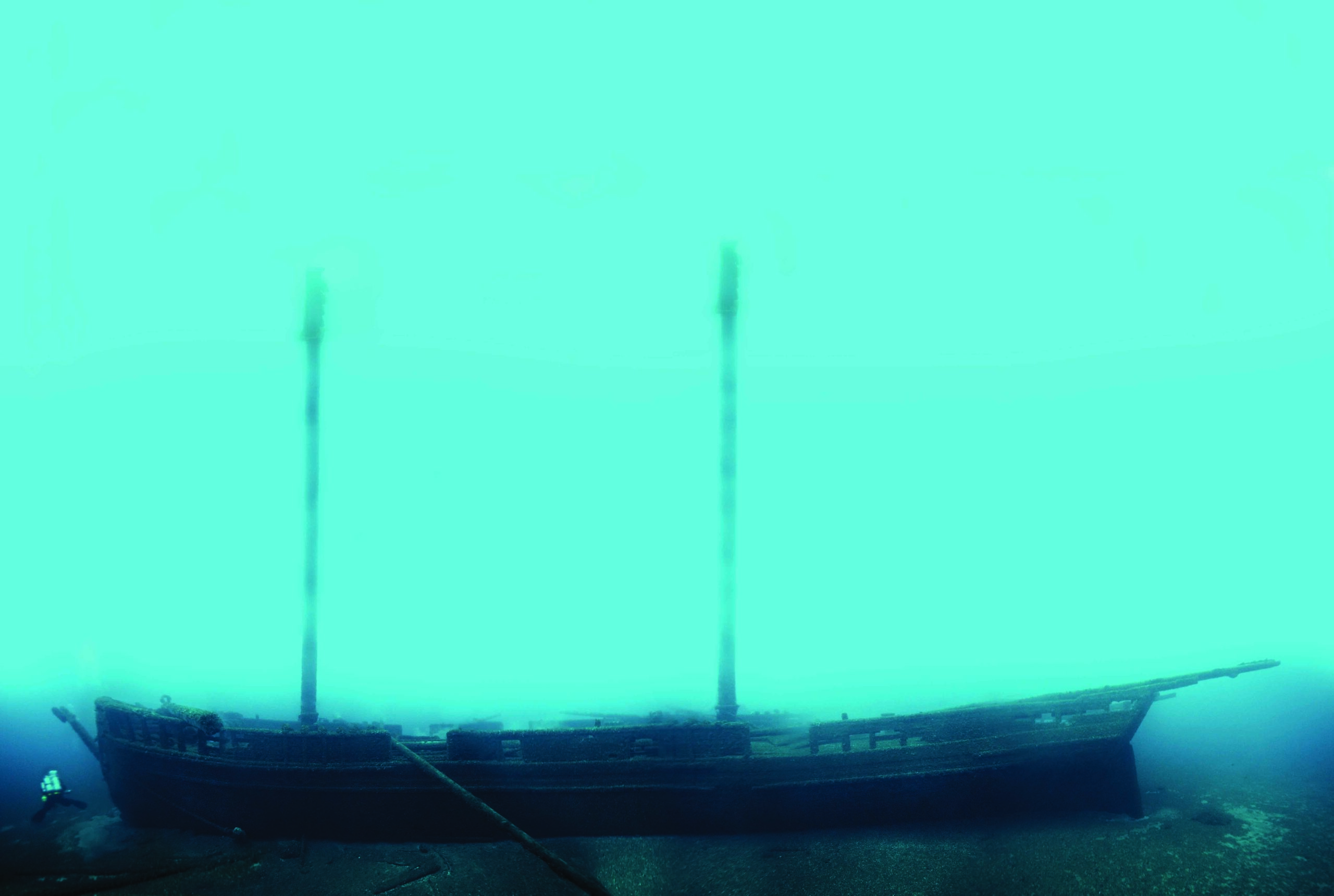
MEXICO CITY, MEXICO—Lina Manzanilla of the Universidad Nacional Autónoma de México thinks that Teotihuacan may have collapsed because of internal strife among its inhabitants. She says that volcanic eruptions in the first and fourth centuries forced people to move from the southern basin to the outskirts of Teotihuacan, where their skeletons, identified by activity markers, nutritional patterns, isotopes, and DNA analysis, have been found. According to Phys.org, Manzanilla says these immigrants were employed by businessmen and that their presence bolstered the economy. But eventually, tension with the government and rivalries between neighborhoods increased until an angry mob burned down the city’s administration and ritual buildings and destroyed the city’s sculptures. To read about a recent study comparing Teotihuacan and other ancient Mexican cities to modern urban centers, see "Big Data, Big Cities."









